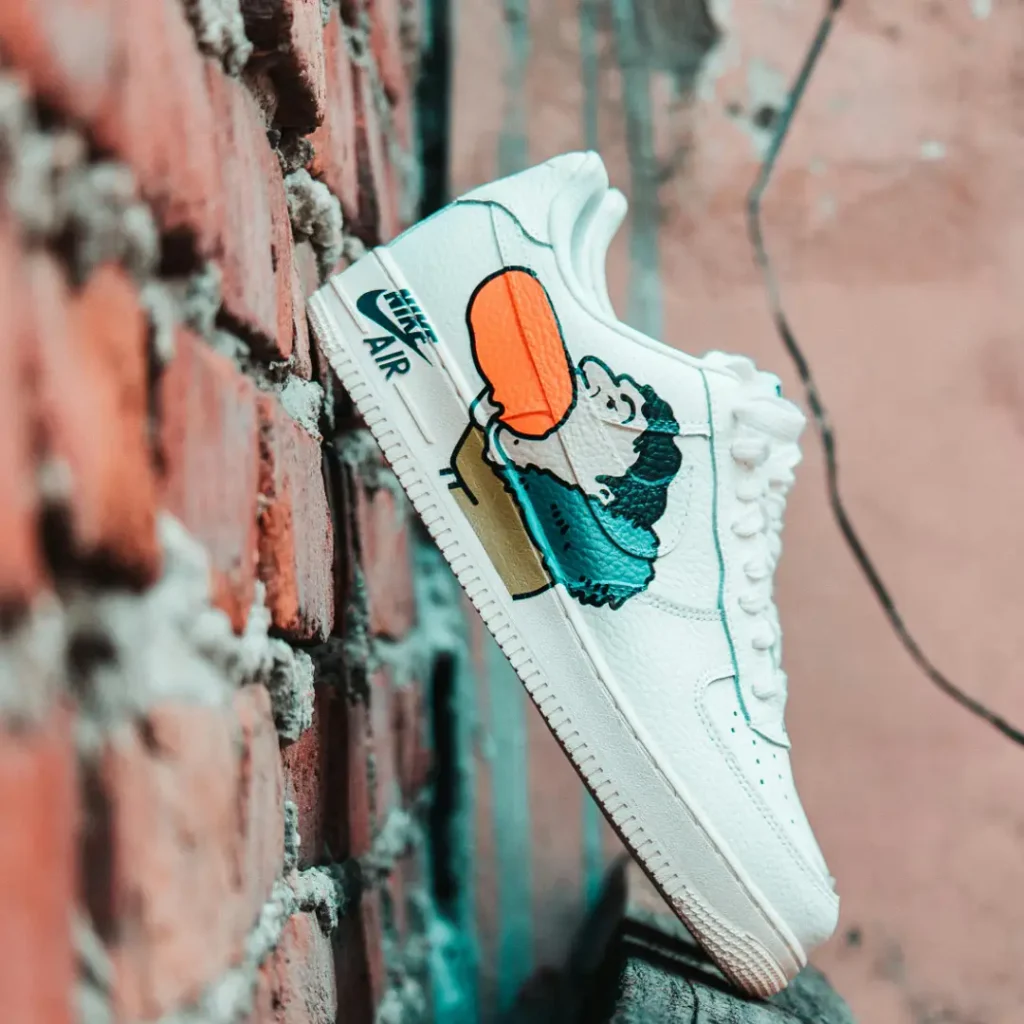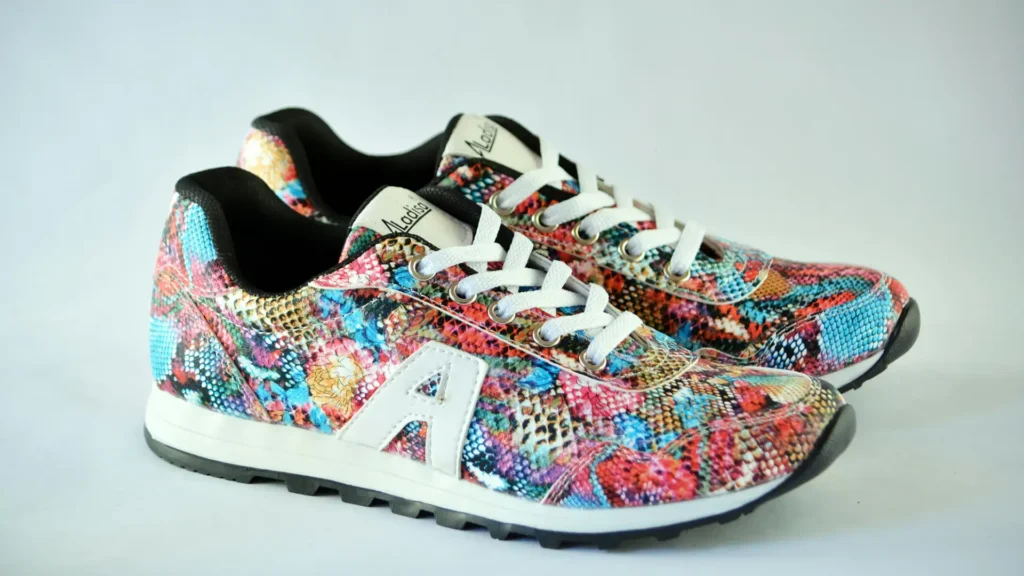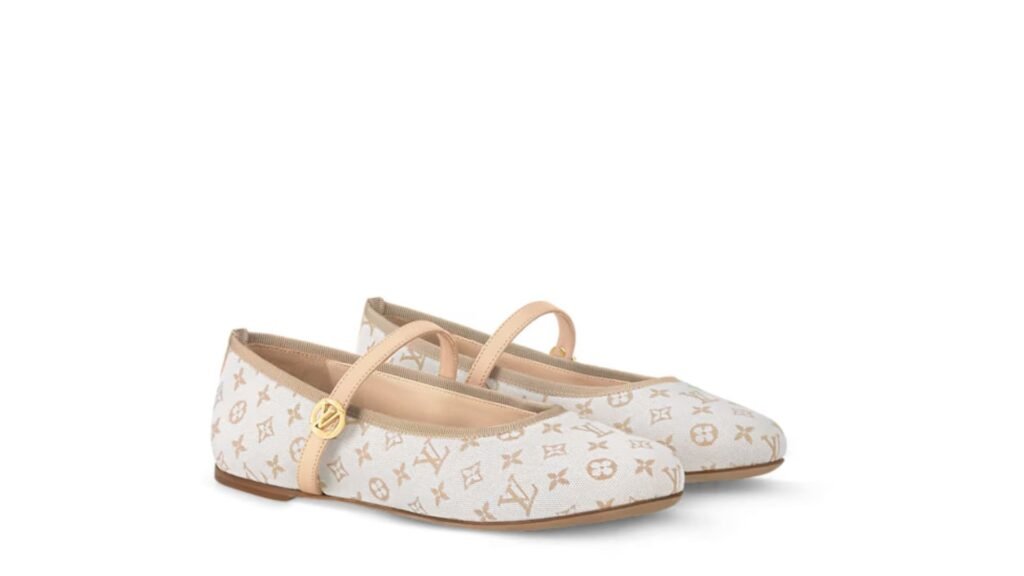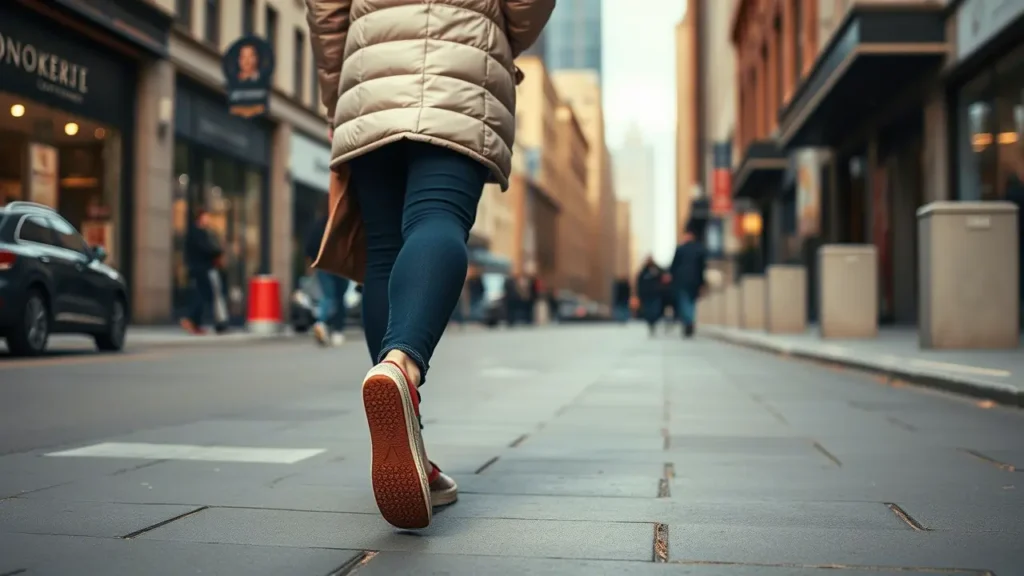In the ever-evolving landscape of fashion and technology, customization has emerged as a defining trend. Consumers are increasingly seeking products to reflect their unique identities. Among the most exciting developments in this space is the rise of customizable shoes.
This innovation bridges the gap between style and functionality. In this article, we will delve deeper into the concept of customizable shoes, exploring their appeal, seasonal adaptations, technological advancements.
The Growing Appeal of Customizable Shoes
Customizable shoes have captured the imagination of consumers worldwide. They address a wide range of desires and concerns. Here’s a closer look at why these shoes are becoming so popular:
Personalization and Self-Expression
Footwear has always been more than just a functional item. It serves as a canvas for self-expression. With customizable options, individuals can design shoes that tell their story. Someone might choose bold geometric patterns to express creativity or opt for understated elegance to convey professionalism.
Moreover, customization allows users to incorporate meaningful elements. Initials, symbols, and colors of shoes express significant memories. This level of personalization fosters a deeper emotional connection between the wearer and their shoes.
Seasonal Adaptability
One of the standout advantages of customizable shoes is their ability to adapt to changing weather conditions and seasonal demands. Traditional footwear requires purchasing multiple pairs to accommodate different climates, but customizable designs enable users to modify their shoes for year-round use.
By swapping out uppers, soles, and linings, wearers can create a single pair of shoes that transitions seamlessly from summer to winter—and everything in between.
Sustainability and Waste Reduction
The fast-fashion industry has come under scrutiny for its environmental impact due to overproduction and excessive waste. Customizable shoes offer a sustainable alternative by encouraging consumers to invest in high-quality, adaptable footwear. These practices reduce the need for frequent replacements.
Modular designs further enhance sustainability by allowing repairs and upgrades to individual parts rather than discarding the entire shoe.
For example, if the sole wears out, you can replace it without buying a new pair. Similarly, detachable elements like laces and panels can be refreshed to give old shoes a new lease on life.
This approach minimizes waste and promotes conscious consumption.
Enhanced Comfort
Standardized shoe sizes often fail to account for variations in foot shape, arch height, and gait. Customizable shoes address this issue by offering cushioning, arch support, and width settings.
Some brands utilize 3D scanning technology to create perfectly fitted shoes tailored to an individual’s unique anatomy.
This focus on comfort extends beyond physical fit to include ergonomic considerations. For instance, customizable insoles with memory foam can alleviate pressure points, while adjustable straps ensure gentle support.
Customizable Shoes Across the Seasons
Each season presents distinct challenges and opportunities when it comes to footwear. Let’s explore how customizable shoes can adapt to meet the specific needs of every season.
Spring
Spring symbolizes renewal and vitality. It is the perfect time to experiment with vibrant colors, lightweight materials, and breathable designs. Customizable spring shoes feature:
Mesh, canvas, and perforated leather are popular choices for keeping feet cool and comfortable as temperatures rise.
Pastel shades, floral prints, and playful motifs capture the essence of springtime blooms.
Detachable straps, panels, and laces allow users to refresh their look daily without needing multiple pairs of shoes.
Spring showers are common. Your customizable shoes should include waterproof membranes or quick-drying materials to handle unexpected rain.
Summer
Summer is synonymous with heat, humidity, and active lifestyles. Customizable summer shoes focus on maximizing airflow, durability, and visual appeal. Key features include:
Sandals, slides, and open-toe sneakers provide ventilation while maintaining style.
Neoprene, mesh, and eco-friendly alternatives ensure comfort during hot days.
Bright hues, tropical themes, and metallic accents make a statement against summer backdrops.
Quick-drying ankle straps, UV-protective coatings, and reflective details enhance functionality for beachgoers and urban explorers alike.
Fall
As leaves change color and temperatures drop, fall calls for shoes that blend warmth, style, and versatility. Customizable fall footwear includes:
Wool, fleece, and synthetic materials provide cozy insulation without adding bulk.
Suede, leather, and waxed canvas offer protection against wind and light rain.
Deep reds, rich browns, and olive greens harmonize with autumnal landscapes.
Ankle boots, loafers, and mid-top sneakers effortlessly transition from casual to formal settings.
Some brands offer removable fur trims, waterproof coatings, and reinforced seams to handle unpredictable weather.
Winter
Winter poses unique challenges, including freezing temperatures, snow, and ice. Customizable winter shoes must prioritize warmth, traction, and resilience. Common features include:
Thermal linings made from Thinsulate or shearling keep feet warm in sub-zero conditions.
Vibram rubber provide superior grip on slippery surfaces.
Gore-Tex or eVent ensure dry feet during snowstorms.
Black, navy, and charcoal tones hide dirt and salt stains, while robust silhouettes withstand harsh environments.
Some brands offer optional heated insoles powered by rechargeable batteries. This delivers extra warmth for extended outdoor activities.
Technological Innovations Powering Customizable Shoes

Several cutting-edge technologies have made customizable shoes possible. These innovations continue to push the boundaries of what’s achievable in footwear customization.
3D Printing
3D printing has transformed manufacturing by enabling precise production. Customers can upload their designs or select from pre-made templates, which are then printed using sustainable materials. This method reduces waste, lowers costs, and allows for intricate detailing that would be difficult to achieve with traditional techniques.
Augmented Reality (AR) Fitting Tools
Many companies now leverage AR apps to let customers virtually try on shoes before purchasing. These tools use smartphone cameras to overlay digital images of shoes onto the user’s feet. They provide a realistic preview of how different styles and colors will look in real life.
This feature helps reduce returns and enhances customer satisfaction.
Some platforms have incorporated AI algorithms to recommend sizing adjustments based on previous purchases and body measurements. This ensures a perfect fit and reduce unnecessary cost.
Modular Design Systems
Modular shoes consist of interchangeable parts. Uppers, soles, insoles, and laces can be mixed and matched to suit various seasons. For example, a base model might come with a breathable mesh upper for summer, while a waterproof leather panel can be added for winter.
This modular approach maximizes value by extending the lifespan of the shoe and reducing the need for frequent replacements. It also empowers users to experiment with combinations.
Smart Shoe Technology
The integration of smart features into customizable shoes represents another exciting frontier. Sensors embedded in the soles can track step count, distance traveled, and posture alignment. They provide valuable insights for fitness enthusiasts.
Other innovations include GPS tracking, Bluetooth connectivity, and automatic tightening mechanisms. They are transforming shoes into wearable tech devices.
Leading Apps Pioneering Customizable Footwear
Several innovative brands have embraced the trend of customizable shoes. They offer groundbreaking solutions tailored to diverse customer needs. Below are some notable examples.
Nike By You
Nike By You allows customers to personalize iconic models. Users can choose from a wide array of colors, materials, and finishes. They can create truly one-of-a-kind designs. The platform also emphasizes storytelling. This enables users to add personalized text and graphics.
Allbirds ReRun
Allbirds introduced the ReRun program to encourage customers to return worn-out shoes for recycling. The company then uses the recycled materials to create a new customizable components.
Vivobarefoot
This brand specializes in minimalist designs that prioritize natural movement. Their customizable options include interchangeable insoles, weatherproof covers, and durable soles. They are suitable for year-round use. Vivobarefoot also emphasizes ethical sourcing and eco-friendly materials.
Converse Chuck Taylor Customizer
Converse allows users to customize classic Chuck Taylors with unique artwork, embroidery, and color schemes. This option appeals to creative individuals looking to stand out while honoring timeless style.
Challenges Facing the Customizable Shoe Industry
Despite its many benefits, the customizable shoe market faces several challenges.
High Costs: 3D printing and AR fitting tools can drive up production costs. It can make customizable shoes less accessible to budget-conscious consumers
Limited Awareness: Many consumers remain unaware of the benefits and possibilities offered by customizable shoes.
Complexity of Customization Processes: While customization offers immense flexibility, it can sometimes overwhelm users unfamiliar with technology. Simplifying interfaces can improve accessibility.




